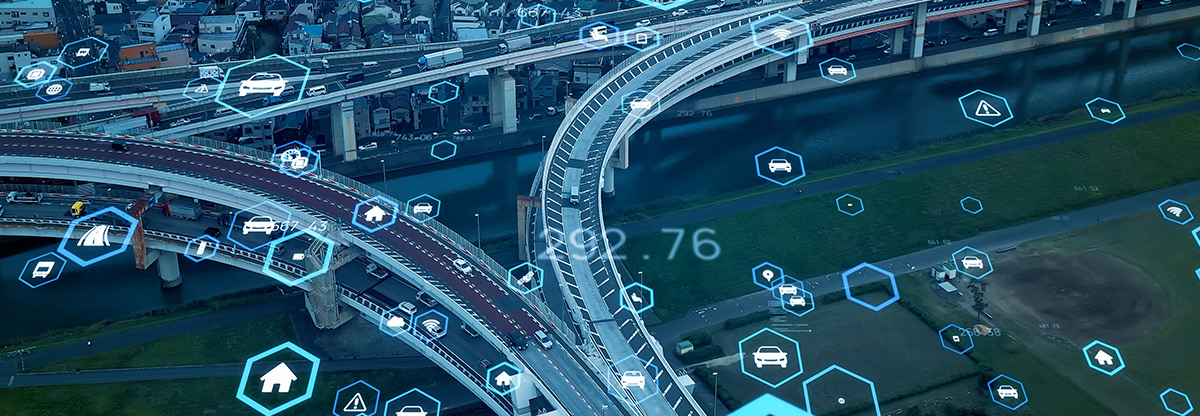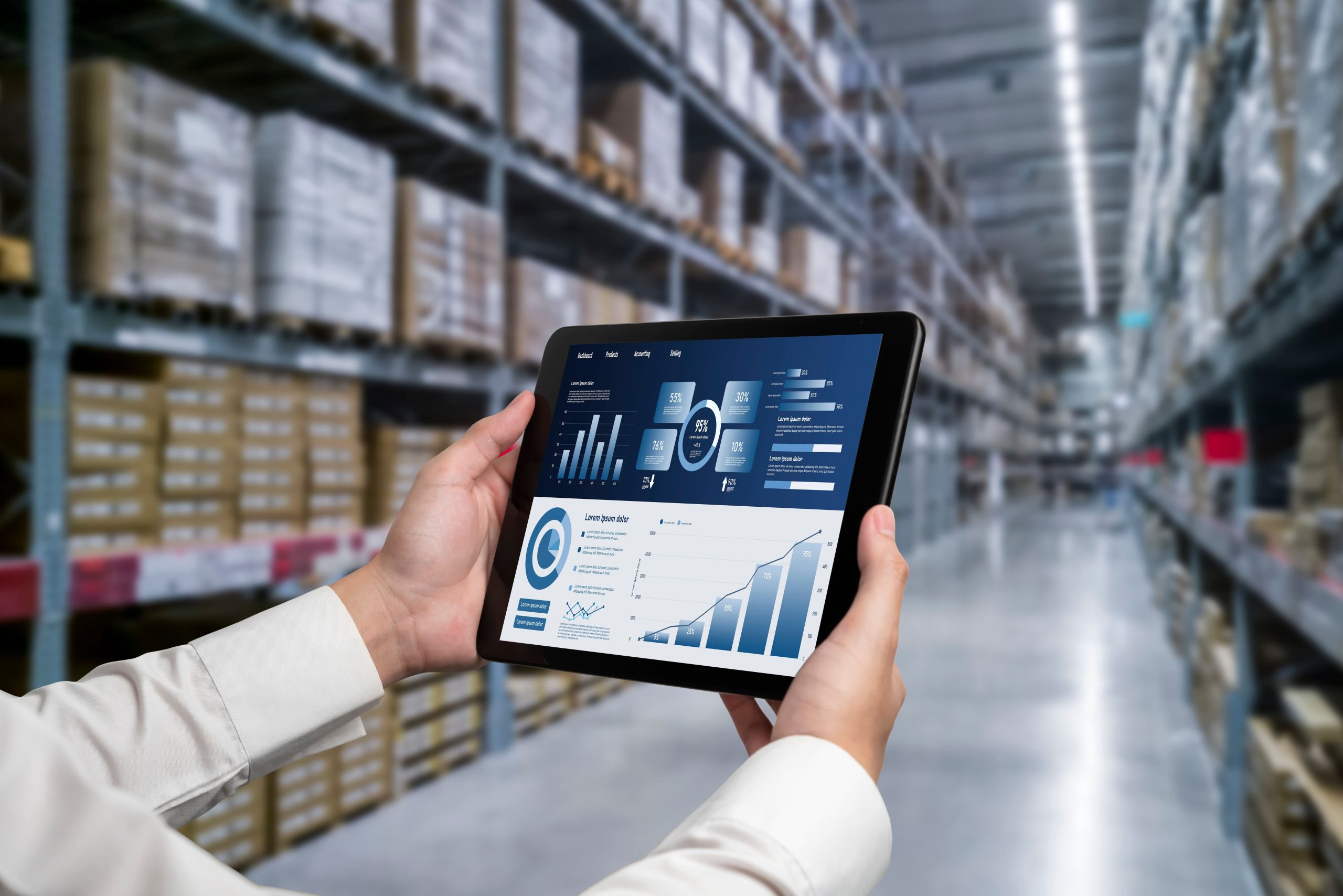The Perfect Alignment: The Changing Post Services Customers’ Needs Transforming The Industry
- 14 February 2022
- 10 min to read
- 203 views

We started to appreciate our time and comfort more, and technologies assist us with it. Today, we don't have to visit booking offices to get tickets, transfer money at banks, or even stay in the office to get our work done. Our post services needs are also changing: long lines at the post offices and two-week delivery are long gone. The future is a day-to-day delivery to the post office next to your home. And this future is coming.
From the globalization beginnings to the Internet
The postal and logistics services market is among the most expanding ones. Like most other markets, it is also changing alongside world events, and very often they are the force to cause its development.
For the first time, the drastic demand for the postal and logistics services took place in the 1990s. This was due to the economic difficulties in certain post-Soviet countries and emigration of people seeking a better life. It was the time of the global Meest company's establishment, and it aimed to create the postal and logistics relations between Canada and Ukraine, targeting the diaspora as the delivery recipient.
The second wave of globalization took place during the 2000s. With the development of the Internet, electronic commerce kickstarted as well with the highest intensity in the Eastern Europe. More and more consumers started to use the network and joined the customers of the first online shops.
This process caused the current postal and logistics sphere players search for new formats and widen the range of services to offer to the consumers. For example, in 2007, Meest was one of the first operators to introduce the delivery from the international online shops to Ukraine. Although it involved some risks, but they along with certain experiments changed the service and turned it from a small diaspora-oriented delivery company into a global group of companies that connect Ukraine and the whole world.
The Pandemic Period and Post Services
The third postal logistics boom broke out in 2020. It happened due to the COVID-19 Pandemic: the e-commerce market volume increased twice as fast. The last year, the number of B2C parcels in the European Union has reached 10 billion which was a new record. Under the conditions of the “regular” development of the market, this volume would already reach 20 billion parcels in the European Union and Great Britain by 2025 and near 40 billion – by 2029. But, taking into account that the Covid-19 growth rate is still unpredictable, we can assume that the Coronavirus will speed up the processes for 4-6 years.
Today all the players have to learn carefully the expectations of their consumers and offer them the services that will meet the clients’ demands. As the Meest research shows, there are two important tendencies for the expectations of the internet-buyers regarding delivery:
- Predictability. Since online buyers get more and more parcels, the predictability of delivery, and its visibility are the key factors for them. For example, here, in Meest, we have the app with the tracking option by which the customers can track the location and status of their orders at any moment.
- Speed. It has become crucial with the growth of the orders of primary commodities made over the Internet during the Pandemic. Though home delivery is still a priority in many countries, the partner offices located at convenient places of everyday use (shops, drugstores, gas stations, etc.) have already taken over the second place among the European online buyers expectations.
Ongoing trends
One of the key trends to arise due to the pandemic is the post offices delivery (PUDO) and postal lockers. For instance, now the delivery to the postal lockers 85% of the online buyers in Estonia and half of the online buyers in Lithuania and Latvia. Besides this, the “out of home” delivery is popular in the Scandinavian countries, France, Germany, and Poland: around 40% of the parcels are delivered to the post offices and postal lockers there.
Here in Meest, we've been developing the networks of post offices and postal lockers for a long time. Today, there are 4,500 and 1,500 of them respectively in Ukraine. And there are over 131,000 of our offices, own and partner, across the world. Since the Pandemic outbreak, we've noticed a drastic postal lockers' delivery increase: during the peak periods in the Spring 2020, the parcels volume increased by 40%, and the numbers kept increasing up to now.
There are several factors contributing to the “out of home” post offices delivery spreading:
- Convenience. The postal lockers are open 24 h/day, and smaller offices function until late evening. Customers don't need to “adjust” their schedule to the post offices' working hours, they can visit them at any suitable time.
- Availability. The postal lockers and post offices are located within walking distance from your home: in popular grocery chains, electronics shops, book stores, and gas stations.
- Affordability. Delivery to the post offices and postal lockers is often the cheapest among the alternatives.
- Speed. Post offices and postal lockers offer day-to-day delivery. See, in Kyiv, Meest offers a 5-hour delivery for parcels brought to the post office or dropped it in the postal locker before 11:00 am. Thus, the recipient will get them on the same day.
Challenges For Post Services
Despite fast growth, the “out-of-home” offices are still in the need of further development. Today, only 5 out of 28 countries of the European Union have reached the amount of 10 offices for 10,000 people. And if you apply these numbers to Ukraine, the country still can't reach the sufficient number of post offices and postal lockers.
Here, Finland is the leader. It offers 20 offices per 10 ,000 people. Along with Slovenia and the Czech Republic, it takes the lead in density of the post offices location. Along with Estonia and Denmark, Finland has the biggest postal lockers number. Considering only growth dynamics without the density statistics data on parcels volume and post offices, only four countries, Poland, Czech, Estonia, and Latvia are 100% ready for the next “postal boom”.
What's next
To meet the demands of the modern world, post operators must invest a lot in the development of their “out-of-home” networks. At this point, there is no doubt that the companies will take such a step. The majority of the post services, among which are DPDgroup, PostNL, PostNord, Posti, Deutsche Post (DHL) and Meest, have already started to/are planning to widen their postal lockers' networks.
This is part of the strategy to decrease the door-to-door delivery share as it loses to the post offices and postal lockers by speed and ecological safety. Besides, the development of these delivery methods is the key way of the business upscaling today.
External factors will play the role in this trend as well. According to McKinsey, the number of the “last mile” delivery in cities will increase by almost 80% in 10 years. Until then, the day-to-day delivery will be far more popular: its quantity will increase by 20-40%.
The offices and postal lockers potential is quite promising. Their convenience will only improve: the more offices open, the closer they will be to the final consumer. Moreover, the “out-of-home” offices are expected to be beneficial for the operators and clients.
Finally, we shouldn't ignore the ecological factor either. The post offices and postal lockers are the least harmful for the environment. Thanks to the delivery is being made to the centralized points located close to each other, the cars don't engage in the additional routes and produce less waste.




